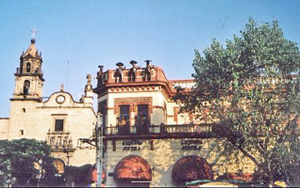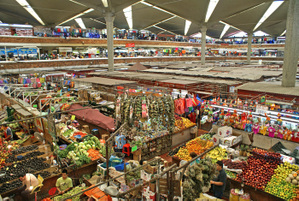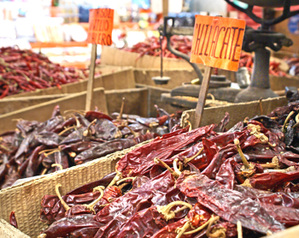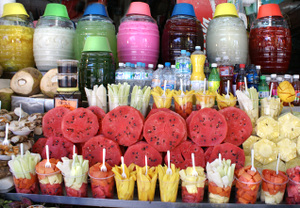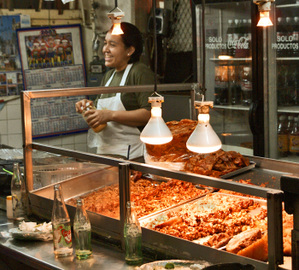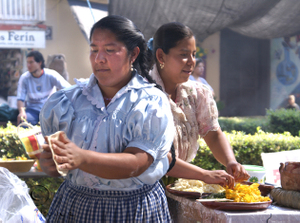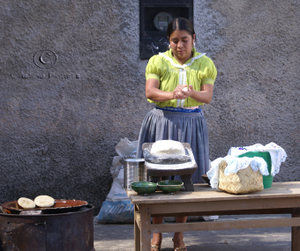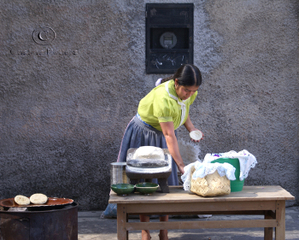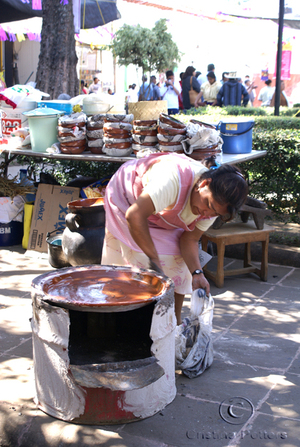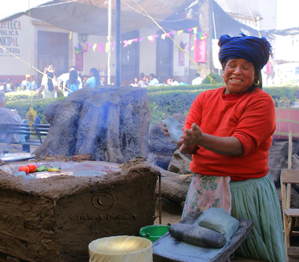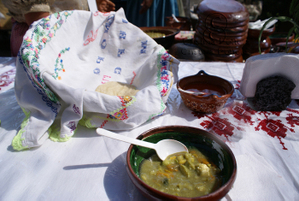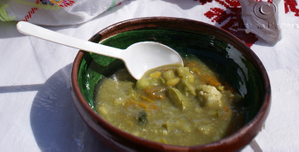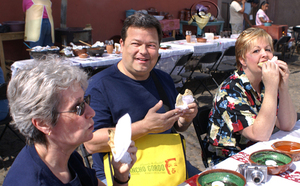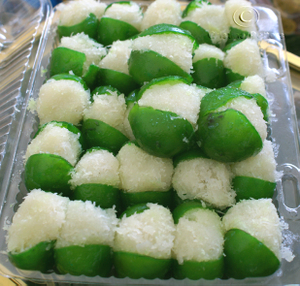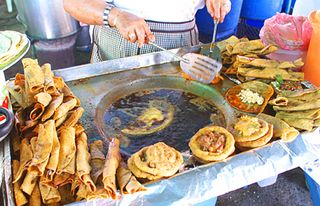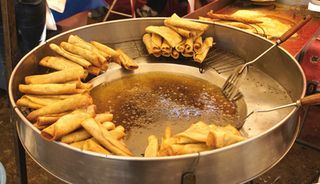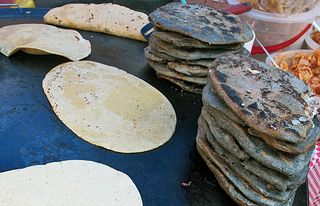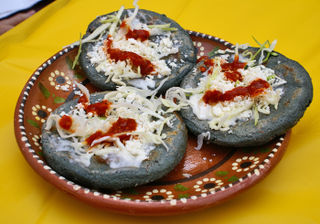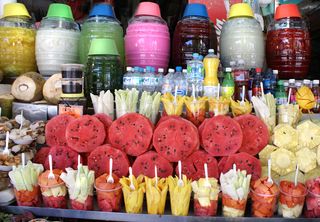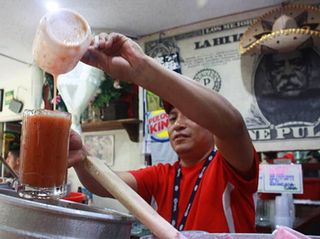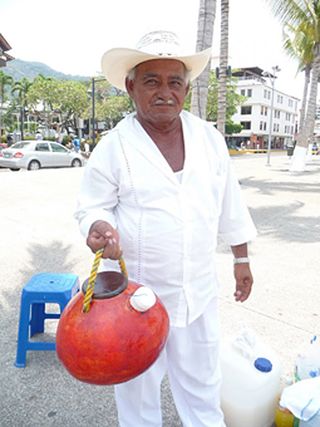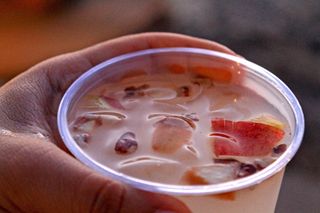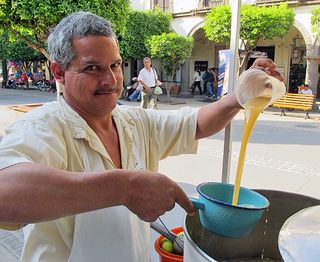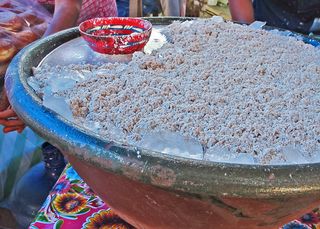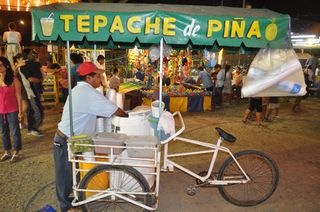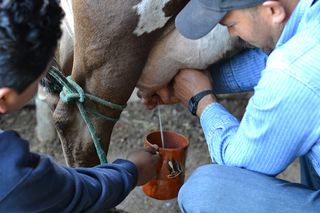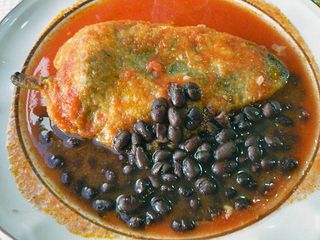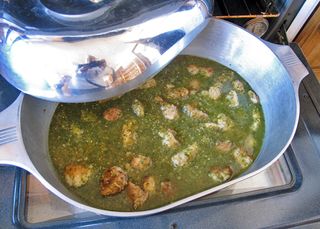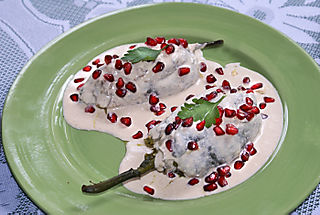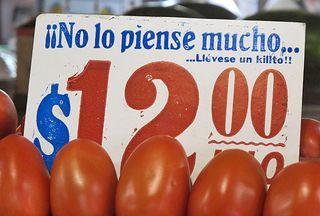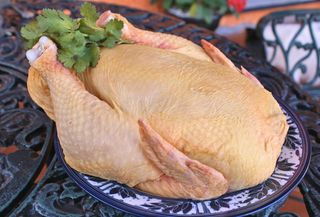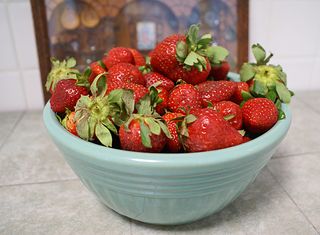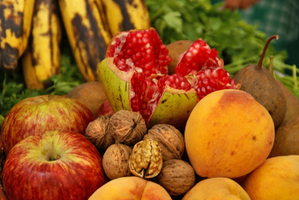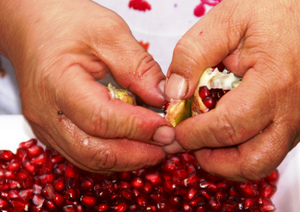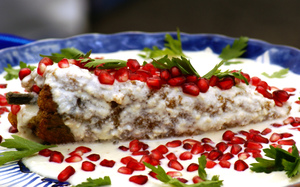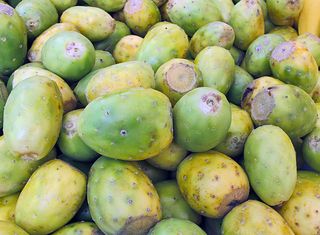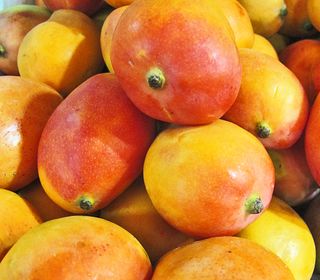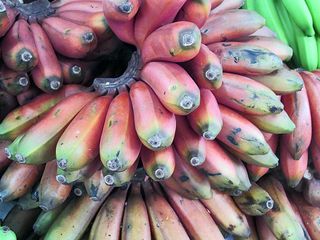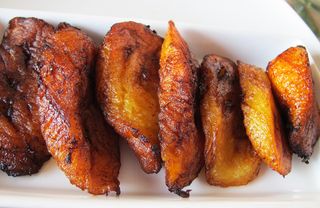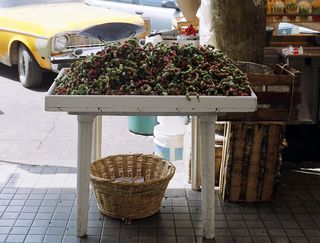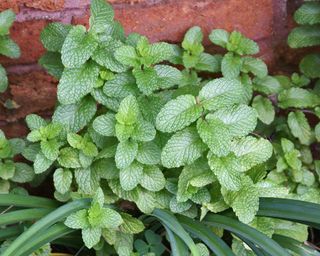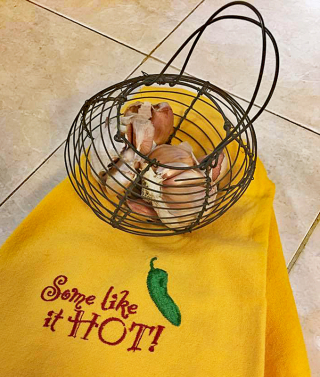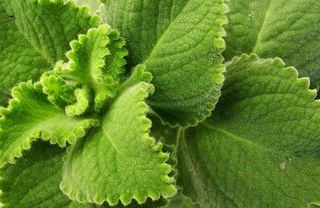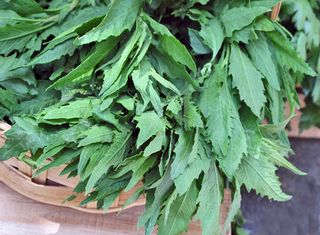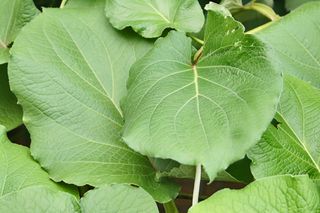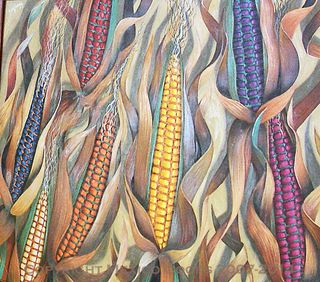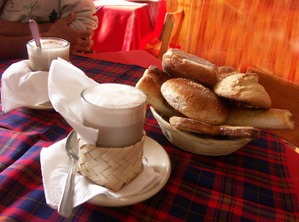
Here's a steaming hot glass of café con leche (expresso with lots of milk), served with a basket of Mexico's pan dulce (sweet bread).
When my mother, may she rest in peace, visited me here in Mexico, one of her dearest wishes was to visit a Mexican bakery. For more than 40 years, Mother baked every crumb of bread that she consumed: white, rye, whole wheat, pumpernickel, sourdough, French baguette, and esoteric ethnic loaves that she just had to try. Mother wanted to see how it was done in Mexico. She even arrived with her baking apron, hoping to push her hands deep into some yeasty dough.
In those years, there was a tiny bakery just a block from my house. Shortly after Mom's arrival, I took her to meet Don Pedro, the master baker, and his helpers. For two hours, Don Pedro and my mother swapped bread stories—conversation about oven temperatures, yeast, flour densities, and tales of experiments, successes and failures.
Don Pedro spoke no English and my mother spoke no Spanish, but I interpreted between them and they discovered that they were soul mates. The day before Mother was to leave for home, she went to say goodbye to Don Pedro. They both cried and insisted that pictures be taken before they exchanged farewell hugs. Such is the bond of bread.
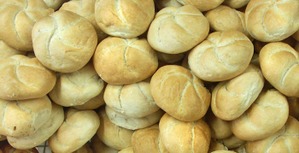
Bread fresh from the oven: the evocative aroma brings back timeworn memories of Mom's kitchen, filled with the yeasty perfume of twice-raised, golden-crusted hot bread. Here in Mexico, that redolent scent wafts through the air from bakeries scattered like hidden treasures through many neighborhoods. At certain hours of the early morning and mid-afternoon, barrio ovens disgorge mountains of pan dulce (sweet bread) destined for tiny corner mom-n-pop stores or for sale to individuals.
For a few pesos, an early breakfast of bread served with milk, juice, hot chocolate, or coffee gets Mexico up and off to work or school. For a few pesos more, the same sort of late supper rocks Mexico to sleep.
In the history of the world, bread has its own record and development. The making of wheat bread has evolved with the progress of world civilization. Particularly in gastronomic Mexico, bread has deep roots in the evolution of the República. The Spanish brought wheat, along with the flavors and recipes of all Europe with them to the New World. The 1860s era of Emperor Maximilian and his French wife, Charlotte, imposed a giddy 19th Century French influence—with puff pastries, whipped cream fillings, and sticky glazes—on the already extensive assortment of Mexican breads.
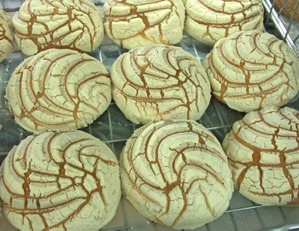
Tasty sugar-swirled conchas are ubiquitous throughout Mexico.
During the Mexican Revolution, soldiers from every region of Mexico came to know the foods of states far from their homes. When they returned to their own areas after the fighting, they took the recipes and flavors of other regions home with them. The south of Mexico incorporated northern bread recipes into its repertoire, the west took from the east, the north from the south.
Today, most panaderías (bakeries) in Mexico prepare similar assortments of pan dulce, along with a sampling of their own regional specialties.

Puerquitos (little pigs, on the right) taste very much like gingerbread.
It's been said that Mexico, of all the countries in the world, has the broadest and most delicious selection of breads. As a result of the mixture of cultures and regional flavors, today in Mexico you will find more than 2000 varieties of breads, and all will tempt your palate.
Pan dulce is just one variety, but there are hundreds upon hundreds of different sub-varieties. The great mosaic of Mexican bread making, inventiveness, and creativity is such that every variety of pan dulce has a name, usually associated with its appearance. That's why you'll see names of animals, objects, and even people gracing the breads on bakery shelves. Puerquitos (little pigs), moños (bowties or neckties), ojo de buey (ox eye), canastas (baskets), conchas (seashells), cuernos (horns),
chinos (Chinese), polvorones (shortbread), hojaldres (puffpaste),
empanadas (turn-overs), and espejos (mirrors): all are names of specific and very different sweet breads. My current favorite name for a pan dulce is niño envuelto (it means wrapped-up baby and it looks for all the world like a slice of jellyroll).

If you've never visited a Mexican bakery—a bakery where the breads are baked right on the premises—you have a real treat in store. One of my favorite bakeries is owned by the Rojas family. When the bolillos (crusty white rolls) come out of the oven in the early mornings and again when the roles (cinnamon rolls—they're addictive) are ready at about 12:30 PM, you'll find lines of locals waiting to carry home a bag of hot, fresh goodies.
At the Rojas bakery, the bakers will help you select the breads you want. There are no bakers' shelves at Rojas, and the selection of items is usually small. Most of the breads are delivered to shops and stores shortly after they're taken from the ovens. Larger Mexican bakeries can be a little intimidating when you first push that front door open and enter a warm, fragrant world of unfamiliar sights and smells.

Unsweetened biscochos are very similar to biscuits.
My most recent bakery excursion was to Panadería Pan Bueno, located at Avenida Vallarta #5295 in Guadalajara. The owner, Sr. Roberto Cárdenas González, graciously allowed me to take photographs with the assistance of his employee, Edith Hernández González.
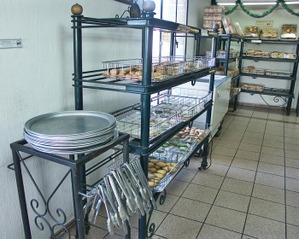
When you go inside Pan Bueno–or for that matter, any Mexican bakery–take a minute to look around first to orient yourself. Right there by the door are the big metal trays and the tongs you need to gather up the breads you want to buy. 
Edith shows off a huge rosca de reyes, a specialty bread for Día de los Reyes (Three Kings Day, January 6).

Flaky rings of sweet bread filled with figs.
As Edith and I made the rounds of the bakery, I asked her if she knew the origin of any of the names for pan dulce. With a charming smile, she admitted that they were just traditional inventos—made up titles. When I asked her if she ever got tired of eating the sweet breads, she shook her head emphatically. "Oh no, señora, we always love the pan."
You will always love the pan as well. And now, if you'll excuse me, a slice of niño envuelto is calling to me from my kitchen. How could I have resisted buying a pan dulce or two as I made the bakery tour? All right, it was four—but who's counting?
Looking for a tailored-to-your-interests specialized tour in Mexico? Click here: Tours.
